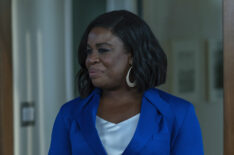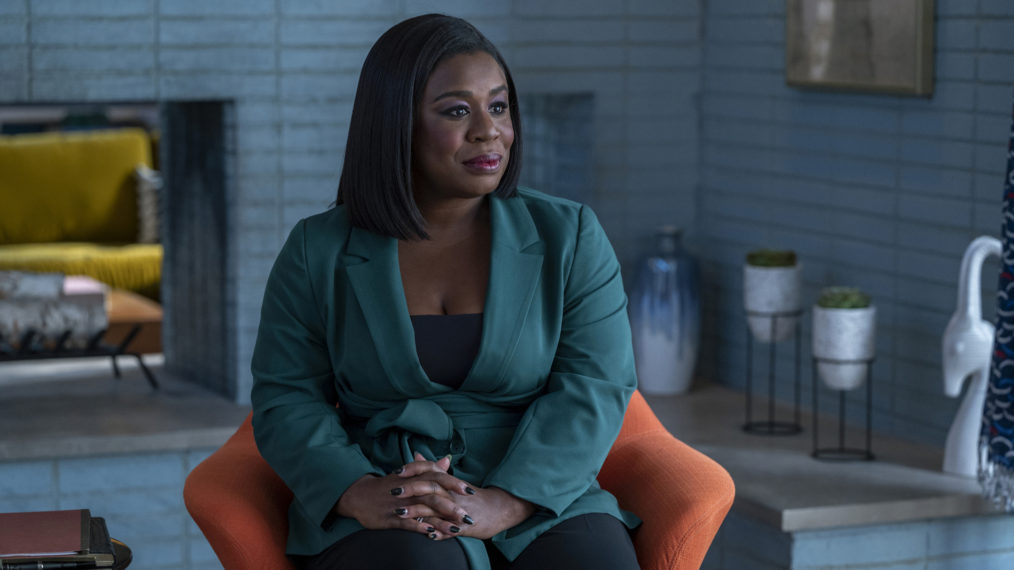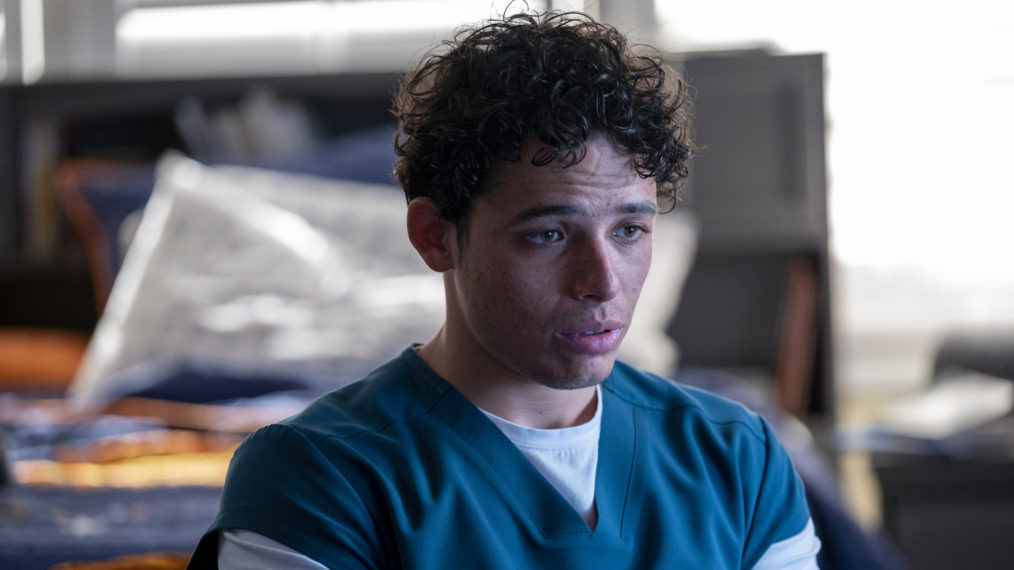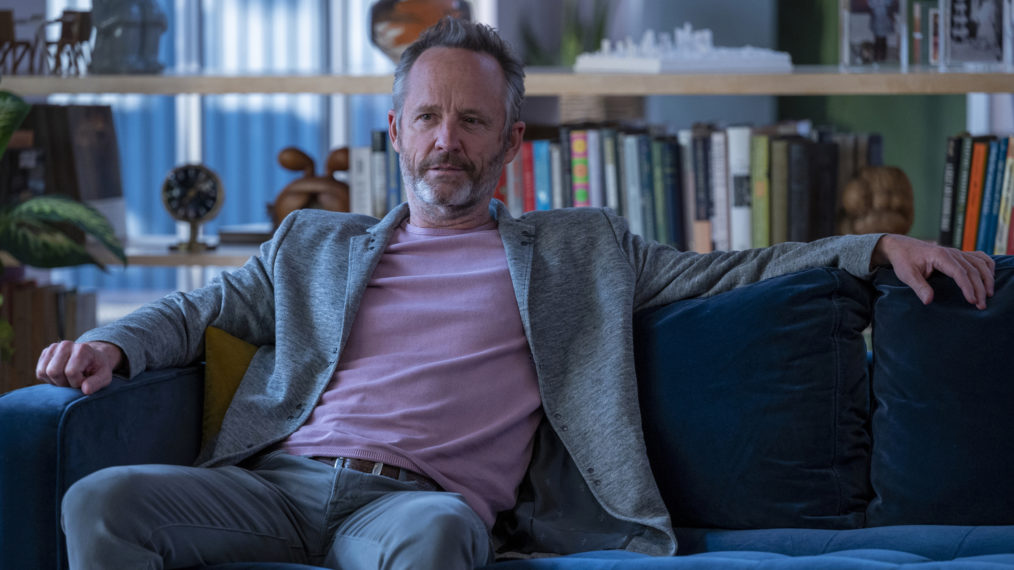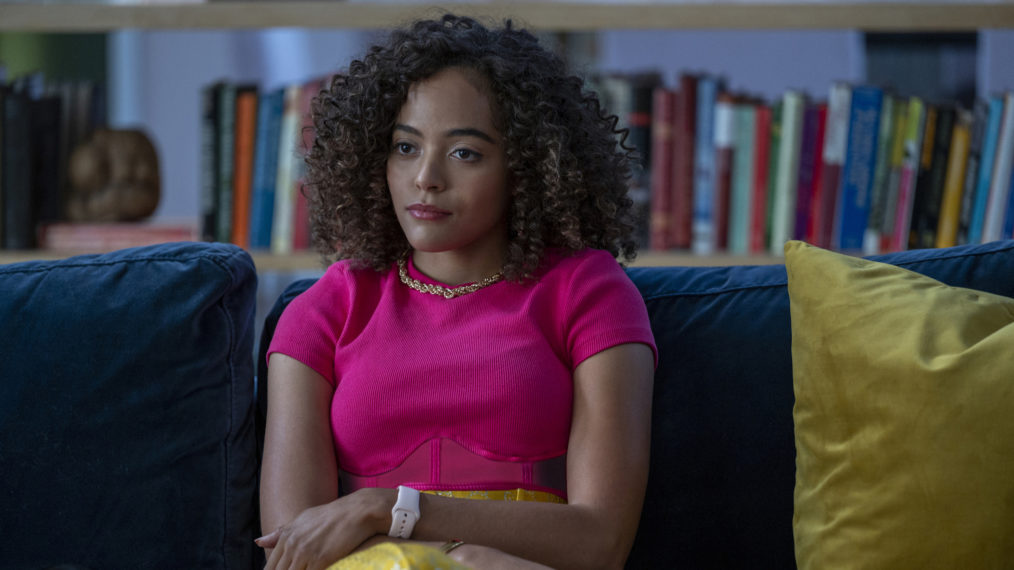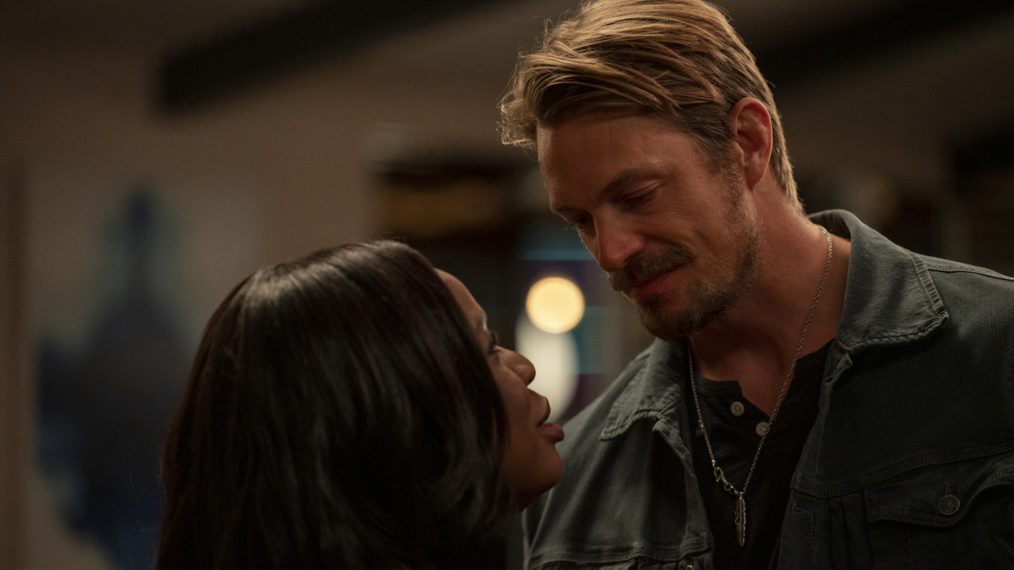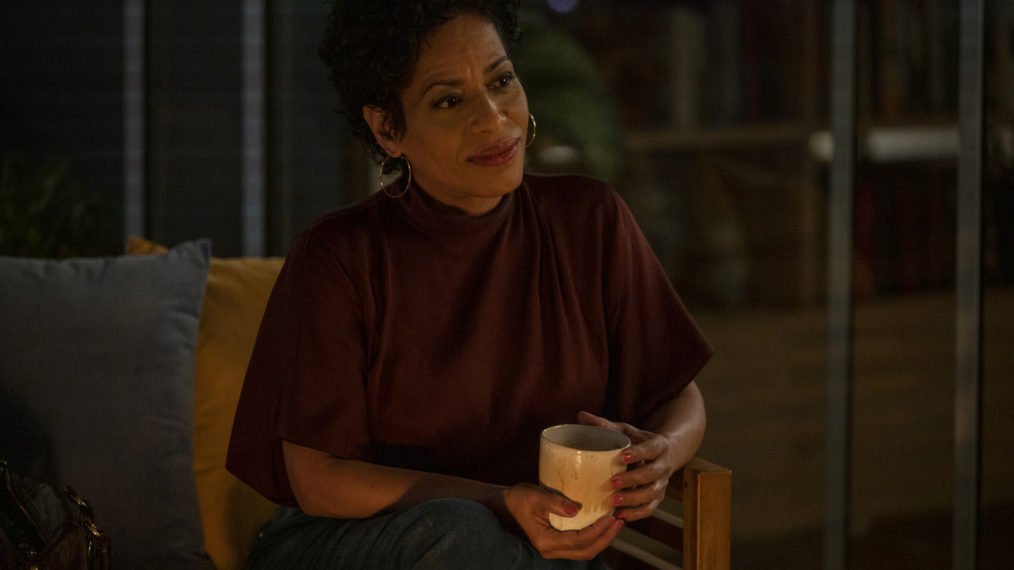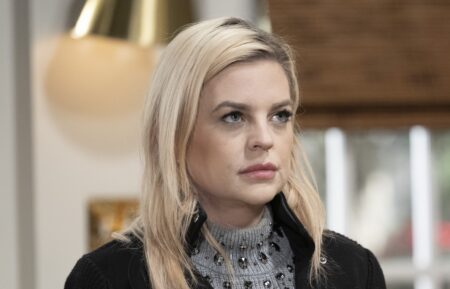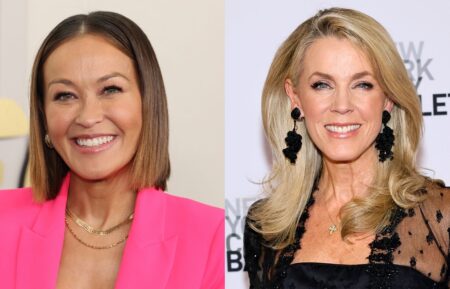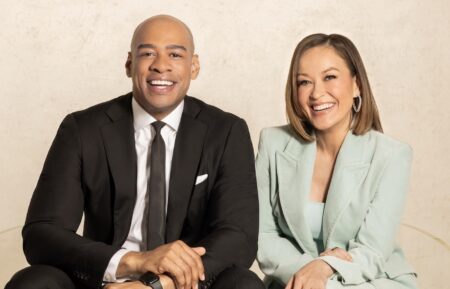‘In Treatment’ Returns to HBO: Meet the New Therapist & Her Patients
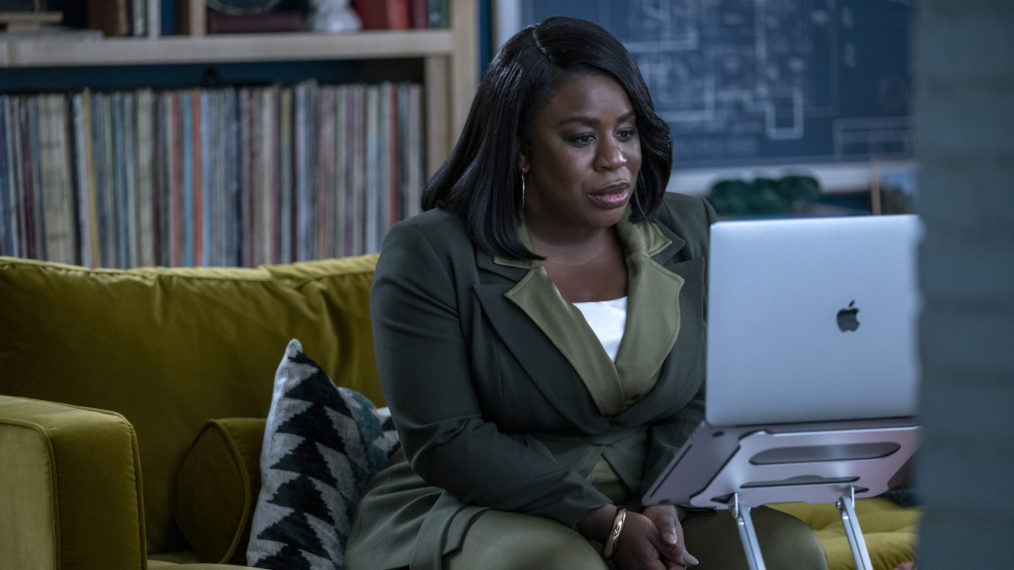
The doctor is in session once again on HBO’s In Treatment, and this time it’s Uzo Aduba’s Dr. Brooke Taylor. But the new season doesn’t forget its past, particularly Gabriel Byrne’s Dr. Paul Weston, the therapist in the original (which aired from 2008 to 2010).
“We wanted to keep Brooke connected to Paul,” co-showrunner Joshua Allen tells TV Insider. “We’ve set him up as her mentor. You might call her his protégé. They both have the same wave machine in their offices, just in different colors. We wanted everybody to know that we’re not doing a whole new show and calling it In Treatment, even though we’re re-imagining it in different ways.” (And if you haven’t seen the original, don’t worry: you can jump right in.)
That being said, there are a few differences, and for Allen, “it was very important to me early on that whatever therapist that we had in Season 4 just kind of look and sound differently from Paul. That’s not to knock Paul or impugn him at all. There were many times when I was watching the original In Treatment where I thought, ‘Oh, I think Paul could help me. I wish I could go to Baltimore and find him.’ But we wanted both the therapists and the patients to just reflect a little bit of a different slice of America.”
The patient pool is more diverse. “We wanted to try to tackle some really pertinent issues in our culture and society today, so we touch on things like racial injustice and white privilege and the class disparity that exists in our country,” co-showrunner Jennifer Schuur explains.
Because there are only three patients over the course of the season, “we always tried to look at how each patient is going to ultimately bring up resolved or unresolved things for Brooke,” Allen says.
Get to know Brooke, her three patients (Anthony Ramos’ home health aide Eladio, John Benjamin Hickey’s white-collar criminal Colin, and Quintessa Swindell’s distrustful teenager Laila), her longtime on-again, off-again boyfriend (Joel Kinnaman’s Adam), and her confidante and friend (Liza Colón-Zayas’ Rita) below.
In Treatment, Season Premiere, Sunday, May 23, 9/8c, HBO

